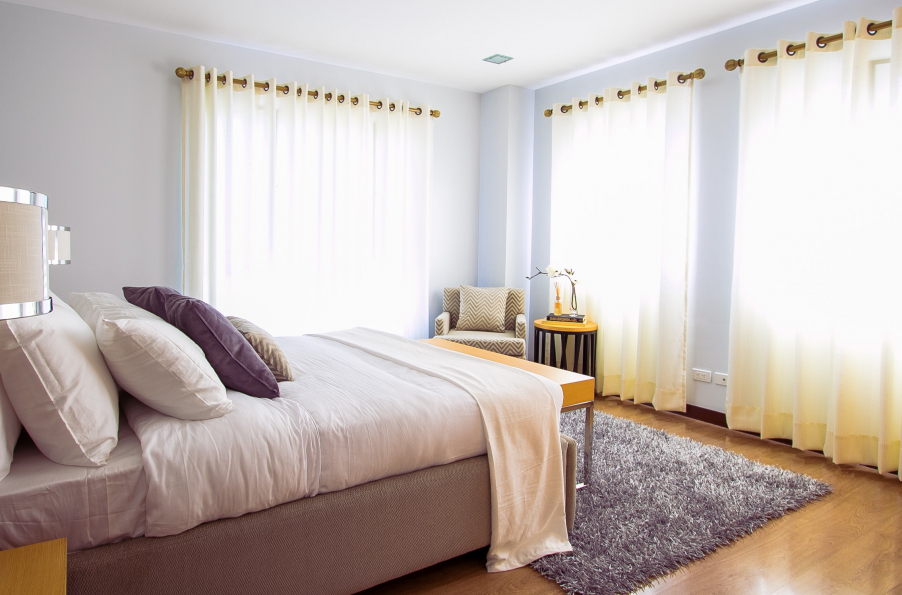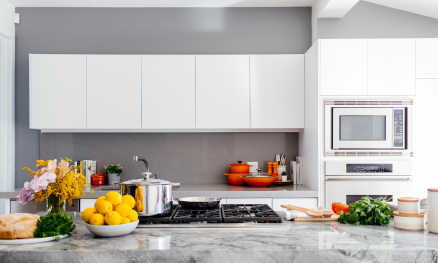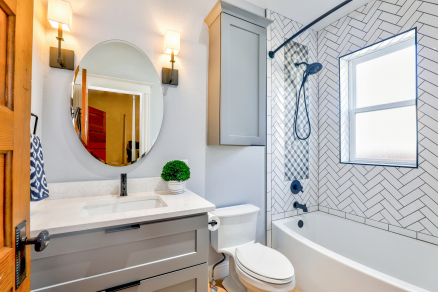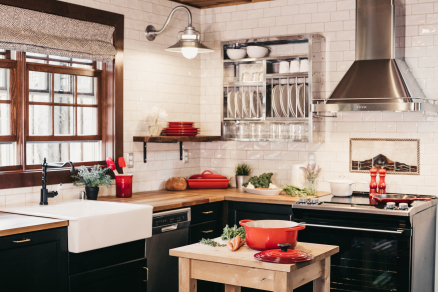Tackling the bedroom when it comes to Dementia
The bedroom is a key space for both the person with dementia and the carer. Sleep is absolutely vital to both. Dementia is a crushingly tiring condition for both the sufferer and the person tasked with caring. A lack of it can lead to a weaker immune system, high levels of stress, forgetfulness etc, which can result in the patient and even the carer requiring hospital admission.
The design of the bedroom and some of the room’s key components can help make sure that peaceful nights and restful sleep is achieved on a regular basis. It is important to use colour contrasts to help the dementia patient to identify different parts of the room.
Bedroom Door
Paint the bedroom door a different colour to the wall and have it in a different colour to the carpet so that it is easy to find and is recognisable to the patient. The use of photographs and/or a sign can also help.
Bed
As with the bedroom door, make the bed easy to find and recognisable. It should be visible from all angles of the bedroom, accessible on all sides if possible, and again, use different colours to the surrounding colours (bedroom carpet , duvet covers, pillows etc) to make it stand out more.
The type of bed is also very important. It should be easy for the patient to get out of bed, a hospital bed that can be adjusted to suit is often the best solution, although this may not be viable.
Bathroom visibility
Ideally, the dementia patient should be able to see the toilet from his/her bed to make any night time journeys easier.
Wardrobes
Again these need to be easy to find/recognise. Some people find using labels on drawers and compartments can be helpful, although in some instances, this has facilitated patients to take ‘middle of the night’ walks fully clothed. You can get wardrobes that can be part open to display only one day’s clothes and drawers that will only part open to show their contents. You may find this will help better.
Mirrors
These need to be assessed as to whether they will cause a problem or not. People suffering with dementia often find their reflection to be frightening as they may not recognise the person staring back at them, so in this instance, it is advisable to remove all mirrors.
Personalise the bedroom
The bedroom is an important, emotive room in all our lives. It is often where we feel most safe, so make the room as warm, welcoming and familiar as possible for the patient and the carer. Display photographs, ornaments, other belongings that inspire happiness in people. It has been said that using an analogue clock, on time, that can be easily seen from the bed, can help the person make sense of the time of day better.
The bedroom in general
Colour
Green has a calming effect and could be used in part within the bedroom, acknowledging the need for colour differentiation. The idea is to make the environment as relaxing as possible for the dementia patient.
Technology
The room should not be treated as a place of entertainment/communication, so make sure any electronic devices are removed such as laptops and iPads and televisions.
There is a place for devices/gadgets in the bedroom, but only those that aid the sleep effort. Night lights that work on movement sensors can help the person make the trip to the toilet easier and safer. Carers who do not sleep in the same room as their patient may also find the use of baby monitors can help be alerted to any movements in the bedroom that they can then attend to.
Bathroom
We have touched on the ‘toilet/bathroom’ aspect briefly above and we cover this in more detail here, but it is important that the toilet can be found easily during the night. In some cases, getting to the toilet may be too much, and in this instance, a commode may come in handy, or modern day incontinence products may be your best route.
Making sure fluid levels of the patient are monitored closely prior to bedtime may help to reduce the need for the toilet in the middle of the night as well.
In summary, there are a lot of ways you can make the bedroom space and sleeping easier for both the patient and the carer. Everything from keeping the room cool or the bed warm, through to night lights and photographs, hopefully people can find solutions that help them best. We have a list of dementia care products in our catalogue which you may find useful to aid with bedroom design or more practical uses.
Bestsellers under £50







